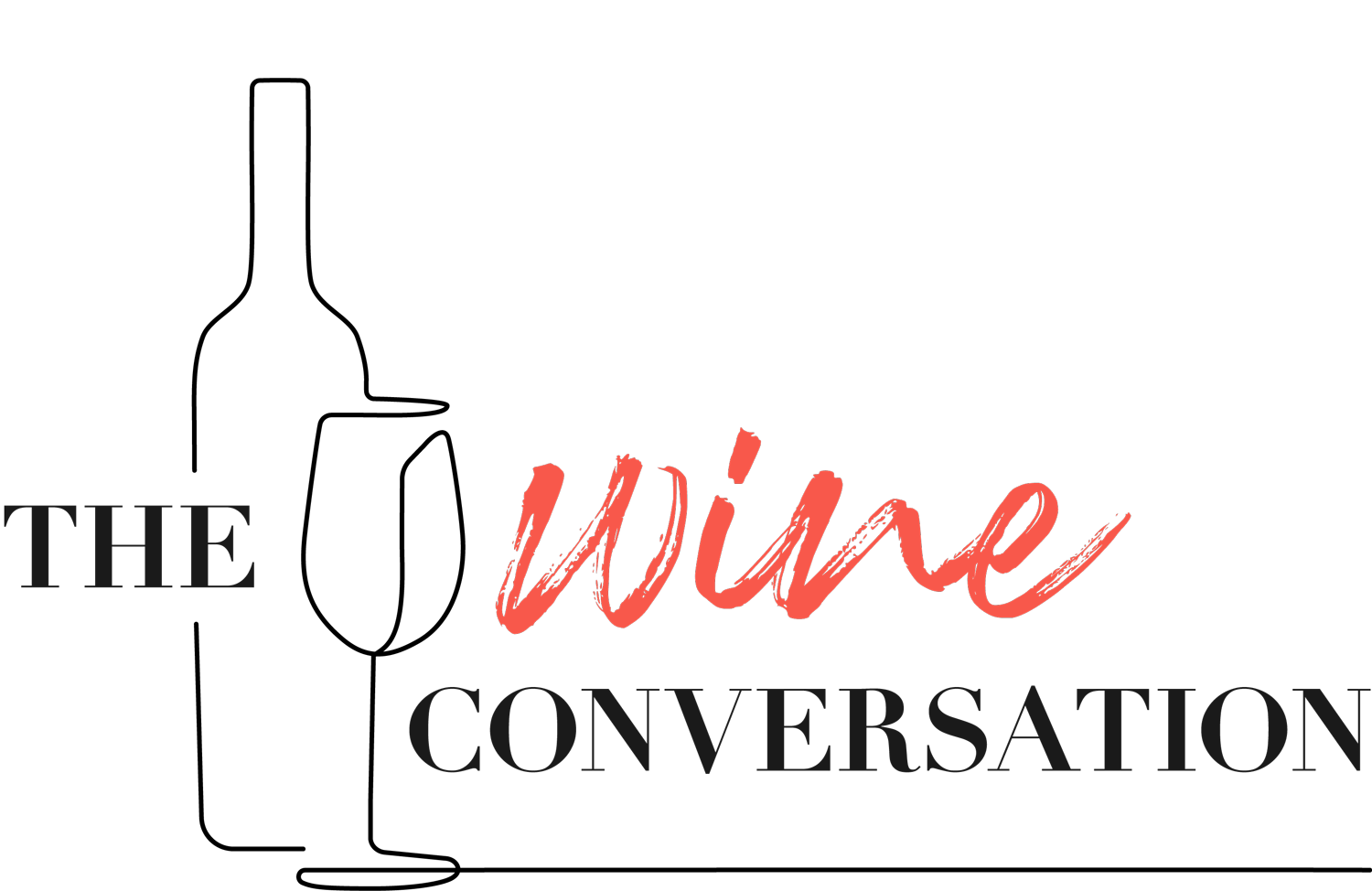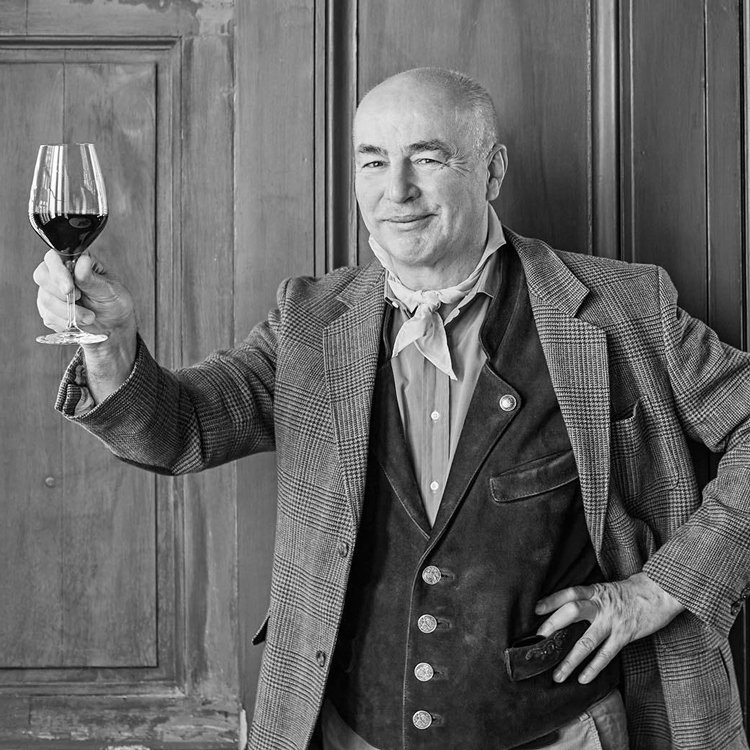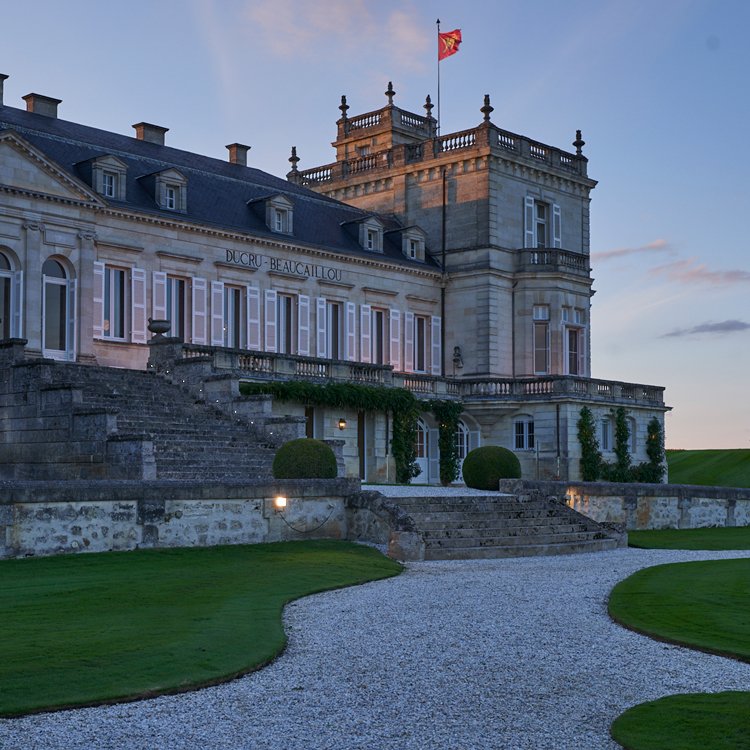▻ Bruno-Eugène Borie of Château Ducru-Beaucaillou
In conversation with Bruno-Eugène Borie
Episode Summary:-
Elin McCoy talks to Bruno-Eugène Borie of Château Ducru-Beaucaillou for our series “Great Wine Lives.” Château Ducru-Beaucaillou is a Second Growth St Julien which has just celebrated its 300th anniversary.
The Borie family have owned the property since 1942, and Bruno took control in 2003. Elin describes him as a perfectionist who has many interests outside wine, including collecting contemporary art, cooking and books. His motto is “modern forever,” and he has described himself as “the bad boy of Bordeaux.” Is he still the bad boy? Elin finds out.
He grew up in the 1960s at the château, and tells Elin how he was immersed in nature, as the property was also a farm with cattle, horses and mules. “I was a real country guy,” he says. His first memory of wine was drinking vin de lies, which was strong but delicious, and he also remembers, at Christmas, stealing sips of wine from the decanter in the room next to the dining room. On Christmas Eve his father opened some great wines, including Petrus 1961 and Château d’Yquem 1967—so he was off to a good start. When he was 16 years old, his father sent him to America to improve his English, and he recalls meeting Robert Mondavi and many of the original pioneers. Gerald Asher (later the wine editor of Gourmet magazine) arranged an internship at Monterey Vineyards, and he developed a deep passion for California. He enjoyed the atmosphere: “everything was possible.” Though Bruno was a teenager, he was well received, and talks about how Bernard Portet of Clos du Val (who was originally from Pauillac) introduced him to the vintners and how they all shared their knowledge openly.
Elin asks who were his idols? “The idol will be both the wines and the people behind the label,” he notes, as he names the Moueix family and Comte Alexandre de lur Saluces of Château d’Yquem. Bruno returned to the family estate in 2003 after successfully building and then selling the aperitif Lillet. He tells Elin, “I can say, at the beginning I was a little intimidated, because of arriving with no experience of the management of a château.” Indeed, 2003 proved to be a baptism of fire, being one of the hottest vintages for decades. His vineyard manager came to him and suggest leaf thinning, which was the custom in July. Bruno refused, and believes this decision is why his 2003 is still so fresh: “There must not be any preconceived plans, we are here to serve nature.”
His reputation as the bad boy of Bordeaux arose partly from his wish to do some other things differently. He recounts how Bruno Prats, who was the President of the Medoc Crus Classés, asked him to help with the marketing of the group, which had a slightly fusty image. His suggestion that a modern artist should be involved was a little too much.
““I like to be disruptive. I like to be innovative. I like to bring things forward. I like to break the rules and deconstruct to better construct. It’s really so deep in me.” ”
In 2019, he decided to simplify the portfolio, as he believes that consumers are too confused by the myriad of names in Bordeaux. For Bruno a great Ducru-Beaucaillou has elegance and power. “No excess tannins, good concentration at the end of the palate – perfect balance and harmony… A great Ducru is a great St Julien first.”
Elin brings up his love of contemporary art, and he tells her how the Museum of Contemporary Art in Bordeaux, which possesses some of today’s greatest modern artists, inspired him. “Their work is thought-provoking… it keeps the desire to move forward into the future.” His love of cooking has been with him since he was a young boy and allowed to chop onions in the kitchen with the family’s chef. He believes there is a great similarity between cooking and making wine: “I think the best restaurants are the ones where the chef is generous, he wants to deliver pleasure, and you feel that his only ambition is to give pleasure and satisfaction. I like this generosity, and in fact this is my ambition for the wine. Each bottle of Ducru and all the wines we produce must deliver a generous message, something of pleasure and hedonism.” His ideal match for Ducru? Woodcock cooked with black truffles. He reveals that Jim Harrison and Ernest Hemingway are two authors he loves, both bon vivants with a love of nature.
Greatest achievement? Every vintage, he replies. “We have calculated that there is a minimum of 50 manual interventions behind each bottle of Ducru.” He tells Elin about his plans for the future: “Nothing changes in terms of philosophy but everything evolves,” he says, and adds that he is not tempted to buy estates overseas, as “you need to bring something, you need to add value.” He has been offered opportunities in California and believes he might have been able to add value in the 1970s, but not now, to his regret. Elin asks him what he believes is the biggest challenge for Bordeaux. Understanding the consumer and the market is crucial to succeed, he says, and adds climate change as a concern, while the global upheaval of the Ukraine war is also a major challenge for the industry. Whatever the challenges, it is certain that Bruno will be rising to them, bad boy or not.
Running Order:-
-
0.00 – 26.40
“The philosophy is the same, we are here to serve nature, but we serve nature with more modern, more innovative techniques.”
– Bruno-Eugène Borie discusses growing up on the estate.
– Bruno’s first introduction to wine, and childhood ambitions.
– Going to the US as a teenager and meeting California wine industry pioneers.
– Drinking 1961 Petrus and 1967 Château d’Yquem with his father.
– Taking charge of Château Ducru-Beaucaillou in 2003.
– The 2003 vintage and the challenges he faced. -
26.41 – 38.15
“A great Ducru is a great St Julien first.”
– Becoming the bad boy of Bordeaux.
– Simplifying the portfolio in 2019.
– What a great Château Ducru-Beaucaillou should taste like. -
38.16 – 50.54
“My ambition for the wine, each bottle of Ducru and all the wines we produce: it must deliver a generous message, something of pleasure and hedonism.”
– How Bruno came to collect modern art.
– Bruno’s love of cooking.
– His perfect food pairing for Château Ducru-Beaucaillou.
– Bruno’s favourite authors (bon vivants as well). -
50.55 – 1.13
“We have calculated that there are a minimum of 50 manual interventions behind each bottle of Ducru.”
– Bruno’s greatest wine achievements.
– His philosophy in making wine.
– His views on Bordeaux’s future challenges.
– Why he is not looking to buy a vineyard overseas.
RELATED POSTS
Keep up with our adventures in wine








Hannes Myburg talks to John Stimfig about running the iconic South African Meerlust estate, which is celebrating its 50th vintage.